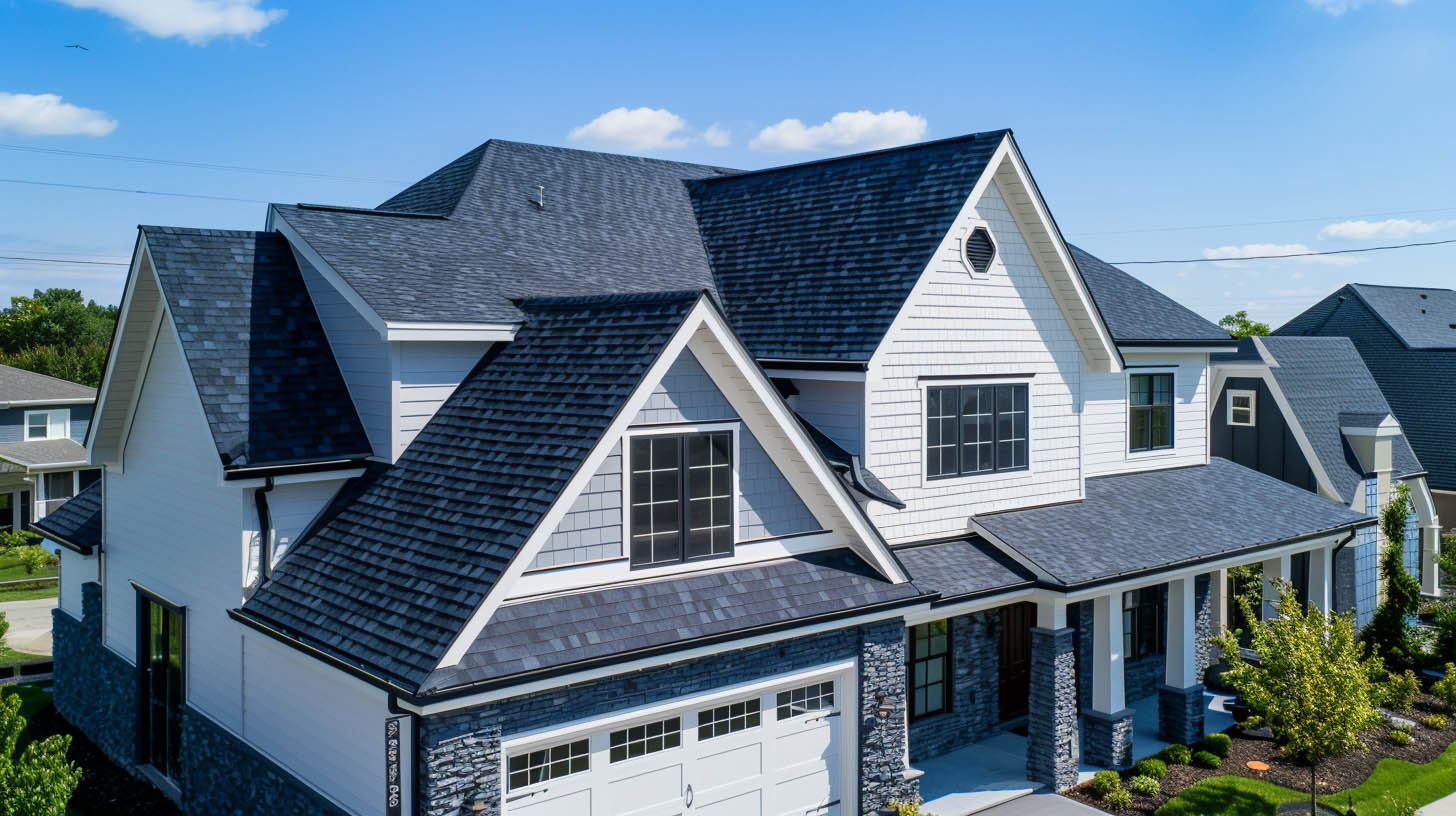When it comes to roofing decisions, homeowners often weigh the options between a roof overlay and a complete tear-off. Each method offers distinct advantages and disadvantages depending on the condition of your existing roof and your long-term home maintenance goals.
Understanding Roof Overlay
A roof overlay involves installing a new layer of shingles directly over the existing ones. This method can be cost-effective and less disruptive since it eliminates the need for extensive labor associated with removing the old roof. However, roof overlays do not address underlying issues such as mildew, mold, or structural weaknesses in the decking.
- Pros of Roof Overlay:
- Cost-effective in the short term.
- Quicker installation with minimal disruption.
- Cons of Roof Overlay:
- Potential to obscure underlying damage.
- Adds additional weight to the roofing structure, which could lead to structural issues.
- Shorter lifespan compared to a complete tear-off.
The Case for Complete Tear-Off
A complete tear-off involves removing all existing shingles down to the deck, allowing for a thorough inspection and repair of the underlying structure. This method is recommended by experts like Trojan Roofing for ensuring the long-term health and safety of your home’s roofing system.
- Pros of Complete Tear-Off:
-
- Opportunity to repair or replace damaged decking and insulation.
- Installation of a new roofing system with better insulation and ventilation, which can improve energy efficiency.
- Typically comes with a comprehensive warranty, offering peace of mind.
- Cons of Complete Tear-Off:
- More labor-intensive and time-consuming.
- Higher upfront costs due to the extensive nature of the work.
Comparing Lifespan and ROI
- Roof Overlay: Generally lasts shorter than the manufacturer’s warranty for new shingles due to existing layers. The added weight and trapped moisture can accelerate wear.
- Complete Tear-Off: Offers a fresh start with a lifespan of up to 25 years or more, depending on the materials used. The return on investment can also be significant, with average ROI from new roofing estimated at 68.2% according to Zillow.
Conclusion
While a roof overlay might seem like an economical and quick fix, the benefits of a complete tear-off often outweigh the initial savings. With a complete tear-off, you get a fully inspected and potentially upgraded roofing system that can last decades and improve your home’s energy efficiency.
For detailed insights into the importance of proper drip edge installation on your home, click here.

